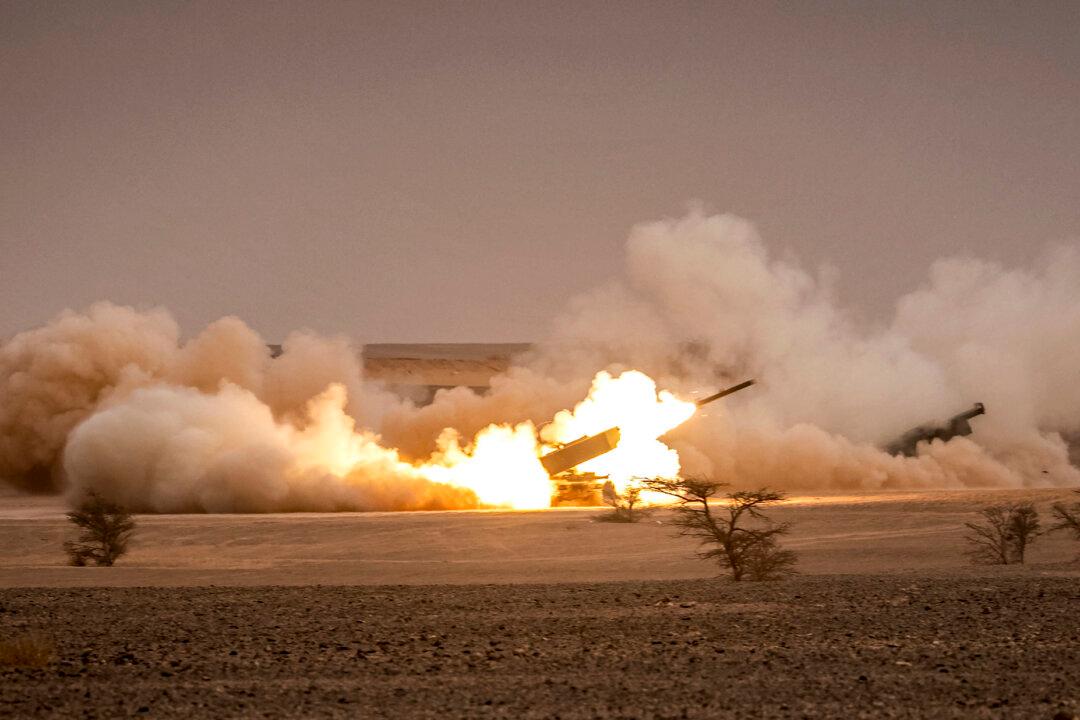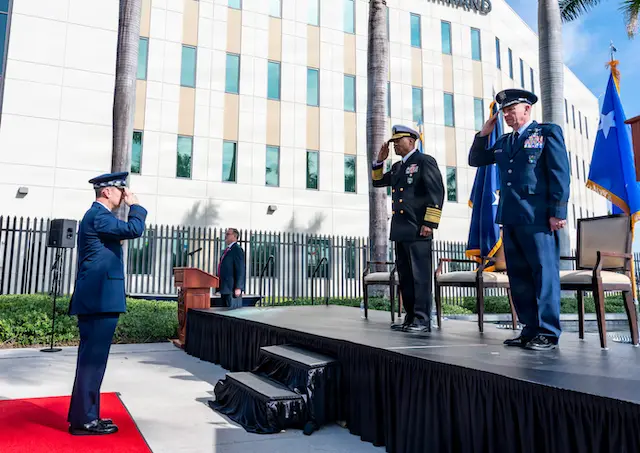Russia’s February 2022 invasion of Ukraine has devolved into a stalemate of artillery attrition not seen since World War I. Still, the conflict underscores a lethal reality in delivering and defending against “long-range fires”: Anything not in constant motion is dead, including “long-range fires.”
“It’s very, very hard to kill mobile land-based, long-range ‘fires’ hiding in the clutter, and I think that’s an important thing” validated by the Russian–Ukraine war,“ U.S. Army Vice Chief of Staff Gen. Randy George said during a Sept. 19 ”Strategic Land Power Dialogue” presented by the Center for Strategic and International Studies (CSIS) in Washington.





